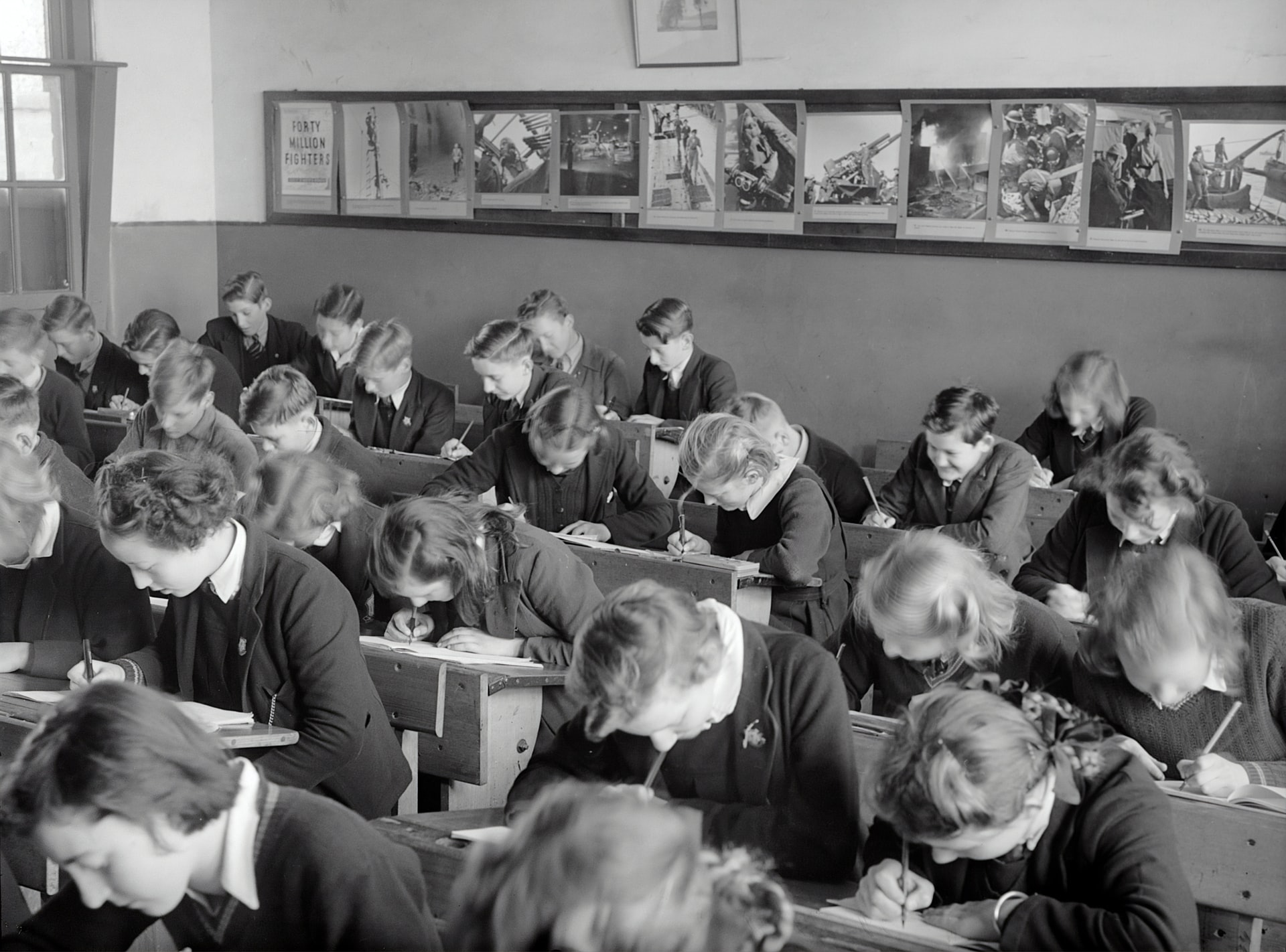Are you looking for ways to encourage students to behave themselves in small groups ? If so, keep reading.
1. Designate the student a role to perform in the cooperative learning experience that they can perform successfully (e.g., secretary, researcher, group behavior monitor, etc.).
2. Make sure the student is productive and accurate in performing individual tasks before placing them in a cooperative learning experience.
3. Go over group rules and expectations at the beginning of each cooperative learning experience.
5. Make sure that the student can follow classroom rules and expectations independently before 4 them in a cooperative learning experience.
6. Assist the student in learning to be happy with their best effort rather than some arbitrary measure of success. Success is measured individually according to capacity and ability level, and progress of any kind is a measure of success.
7. Make sure the student knows the instructions for the cooperative learning experience (e.g., give instructions in an assortment of ways, make sure that the student knows their role, go over the rules for group behavior before the learning experience begins, etc.).
8. Make sure the student has all the needed learning materials to perform their role in the group (e.g., paper, pencil, art supplies, reference learning materials, etc.).
9. Group the student with peers who will be appropriate role models and are likely to enable the student’s academic and behavioral successes.
10. Group the student with group members who are least likely to be menacing (e.g., younger students, students just learning a skill the student has already learned, etc.).
11. Make sure the student has enough room to work successfully (e.g., distance from other students, room for all learning materials, etc.).
12. Make sure the student is actively involved in the group situation (e.g., call on the student regularly, Designate the student a responsibility such as a teacher’s assistant, have them be the group leader, etc.).
13. Take the student away from the group if their behavior is unacceptable.
14. Make sure the academic and social requirements of the group situation are within the student’s capacity and ability level.
15. Assess the appropriateness of the task to ascertain (a) if the task is too easy, (b) if the task is too complicated, and (c) if the duration of time scheduled for the task is sufficient.
16. Assist the student in getting to know group members before requiring group participation (e.g., introduce the students to one another, let the students have unstructured free time together, etc.).
13. Consider using a classroom management app. Click here to view a list of apps that we recommend.
14. Consider using an adaptive behavior management app. Click here to view a list of apps that we recommend.
15. Consider using Alexa to help the student learn to behave appropriately. Click here to read an article that we wrote on the subject.
16. Click here to learn about six bonus strategies for challenging problem behaviors and mastering classroom management.





